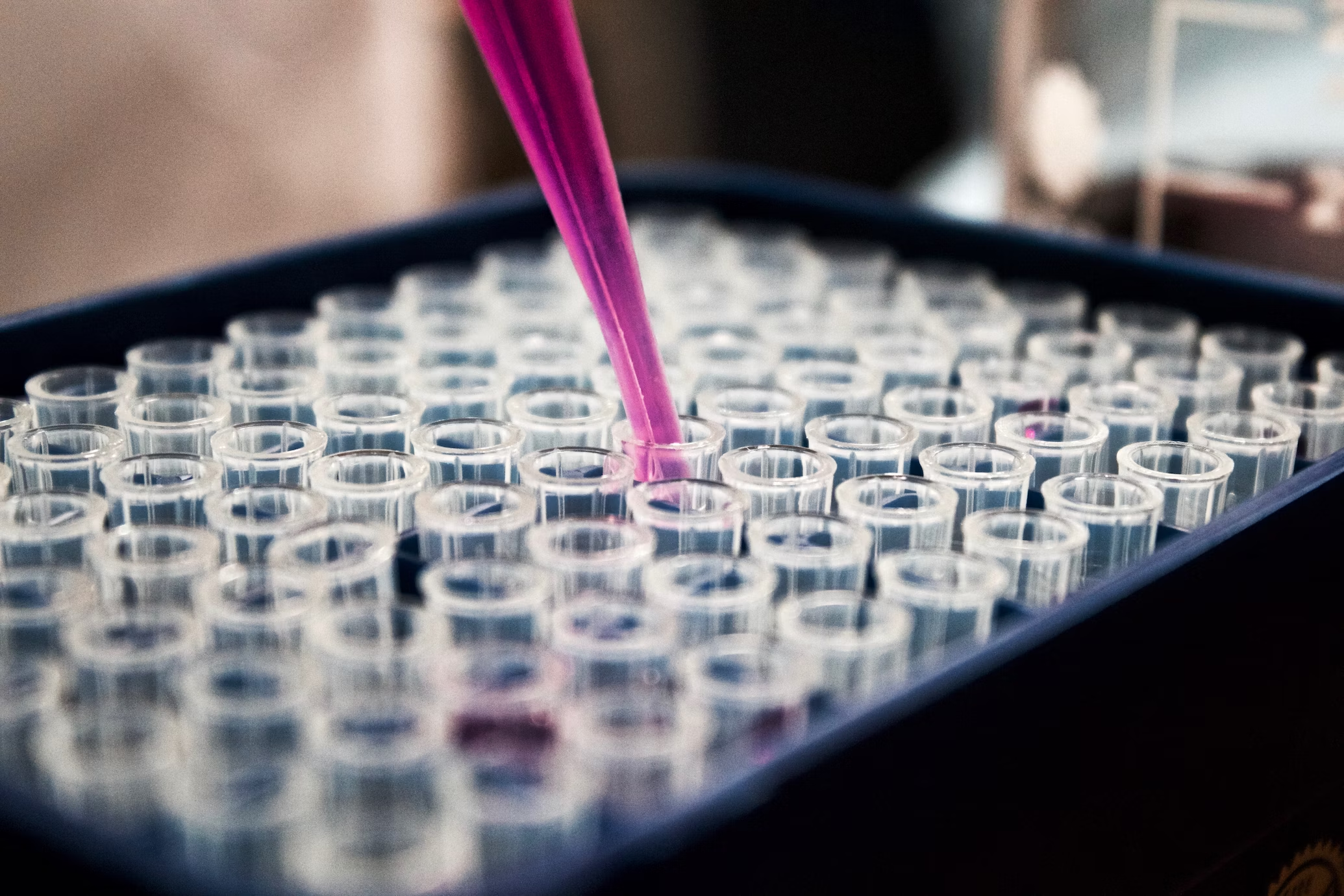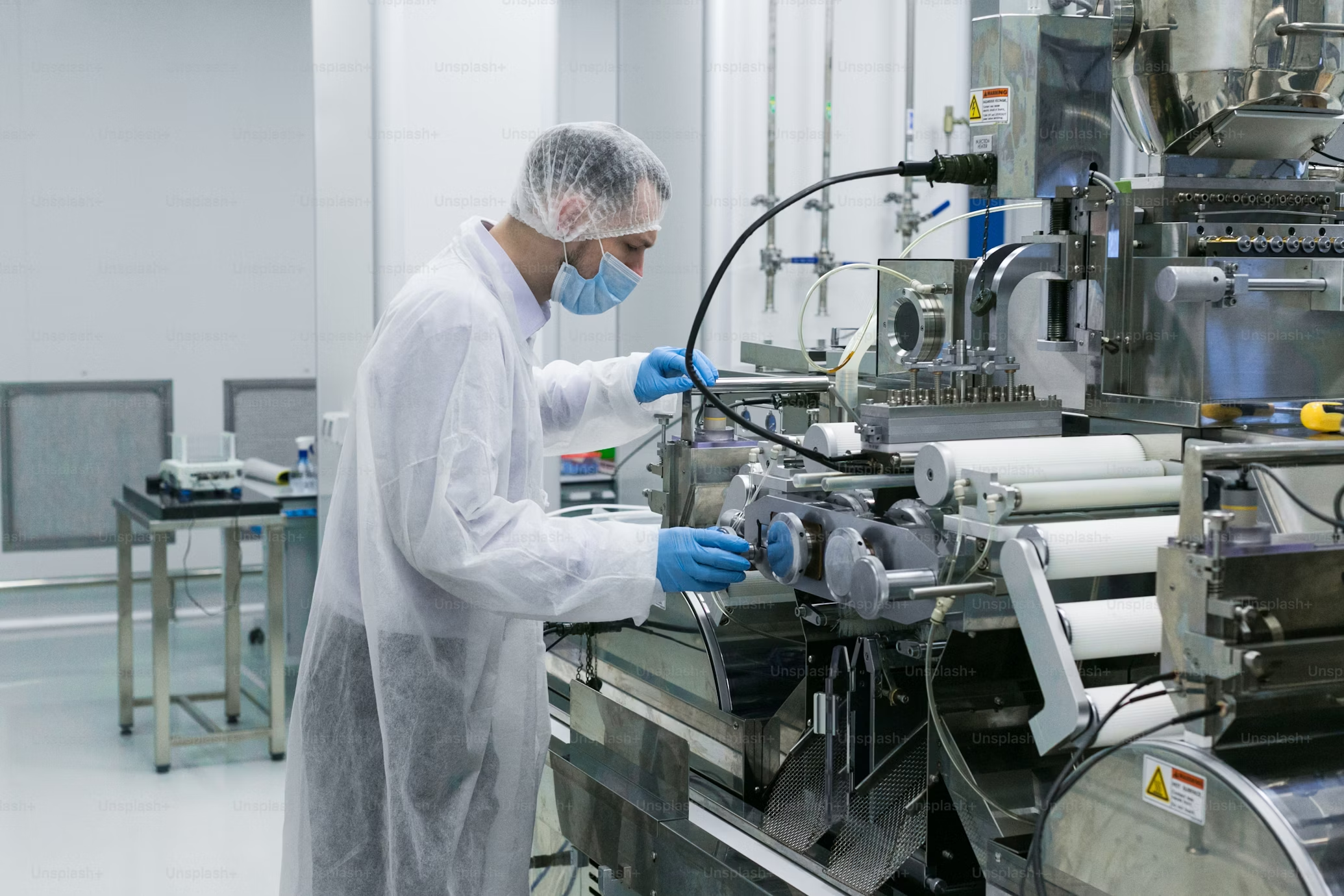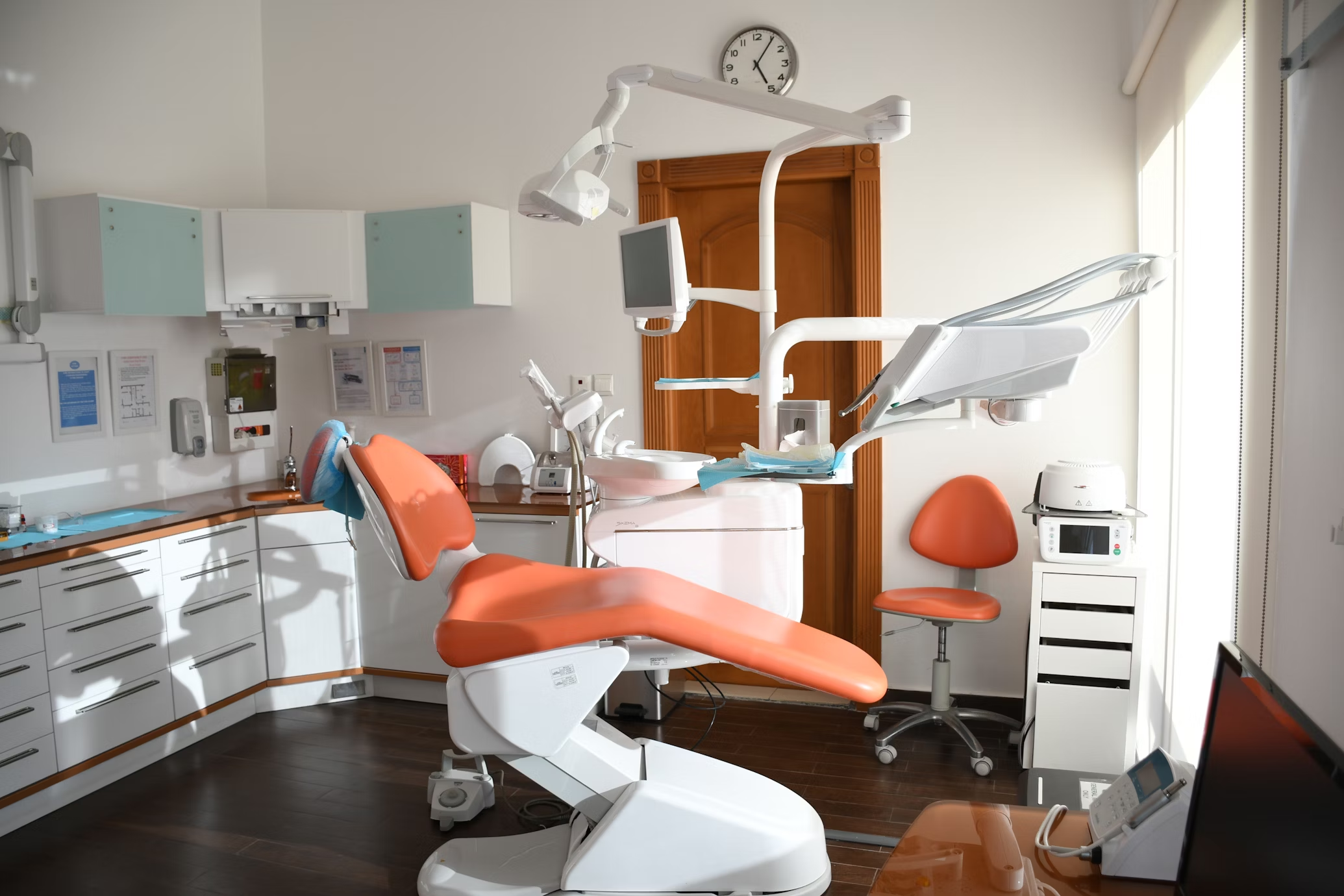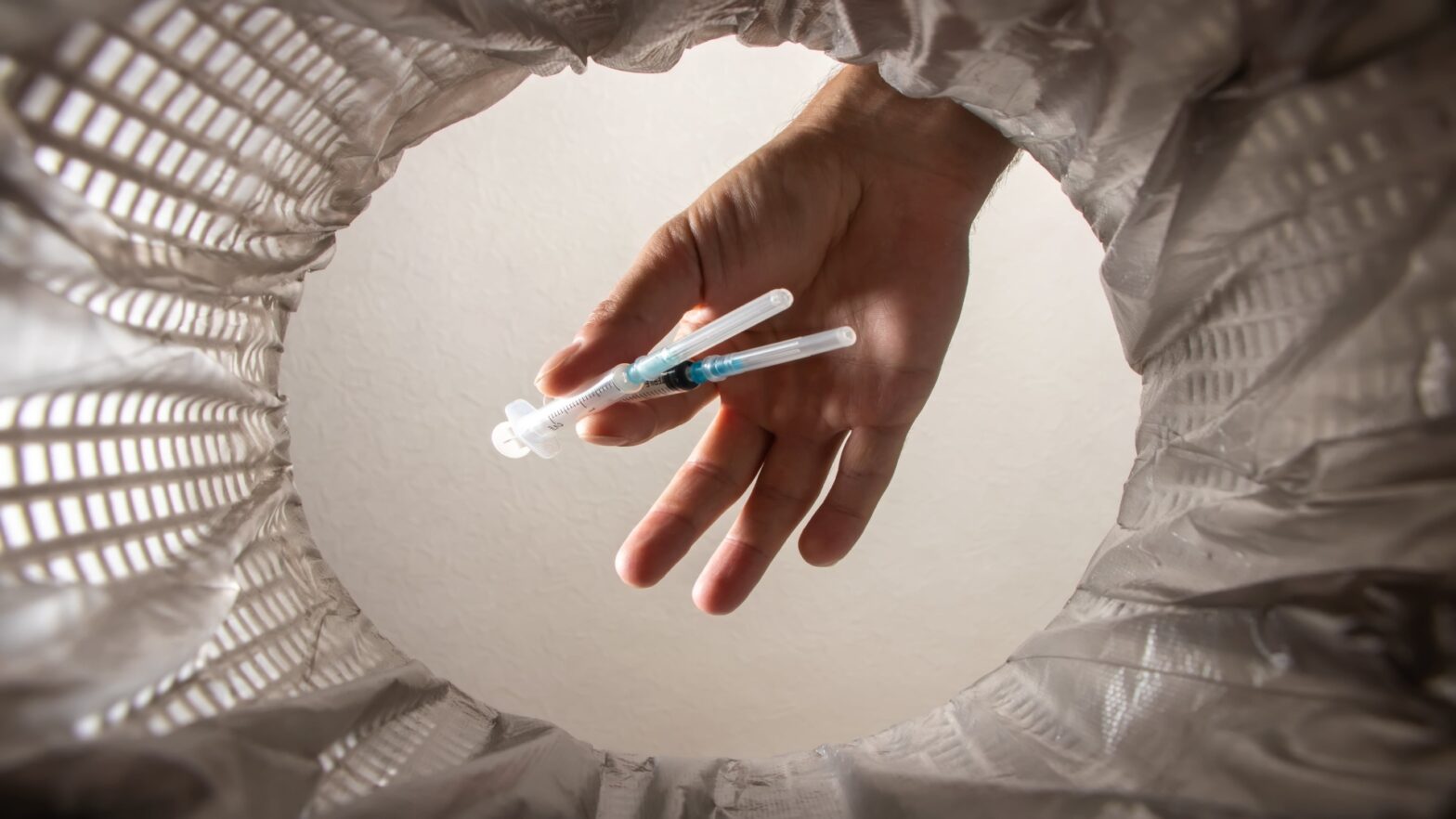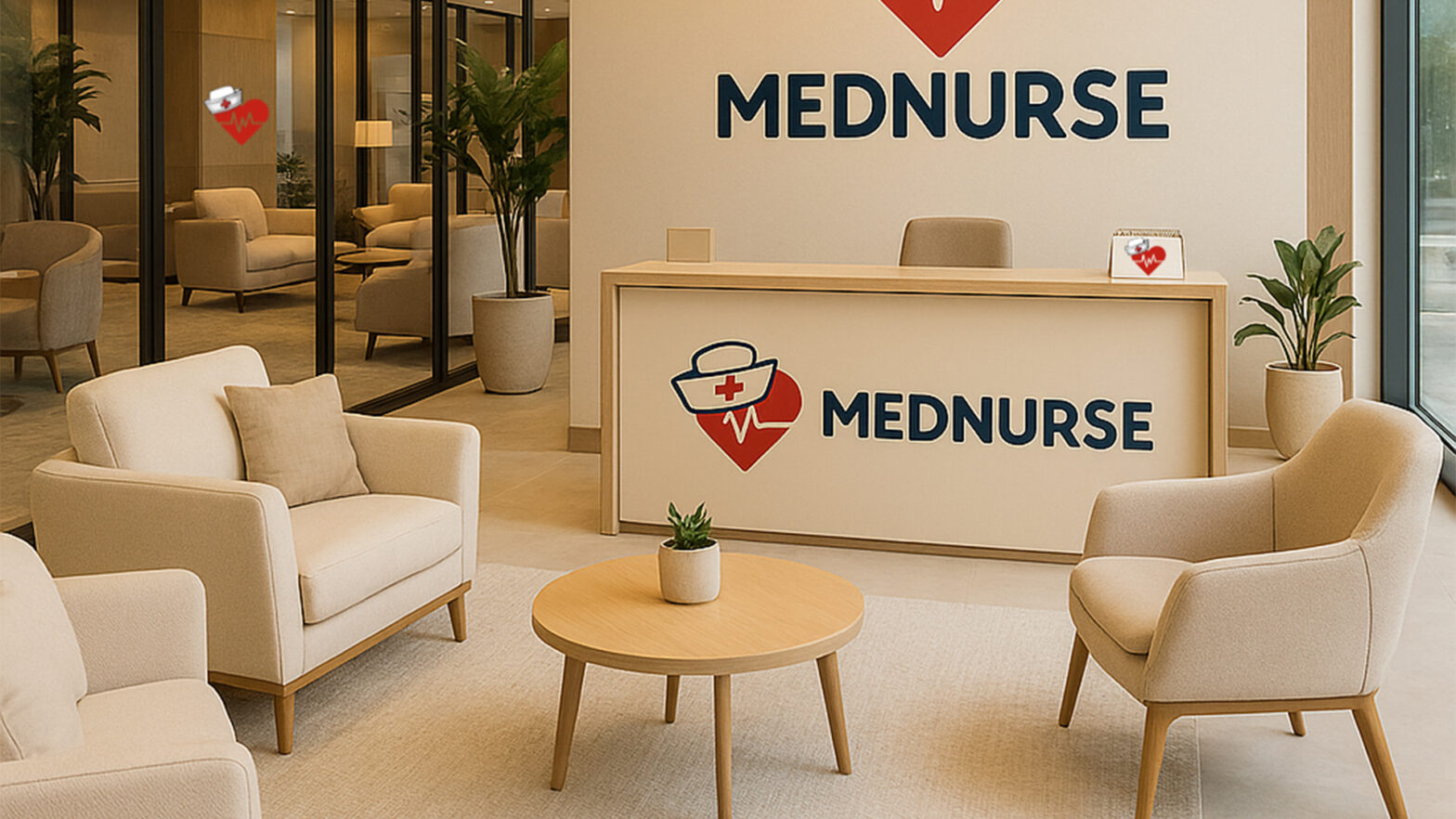Every hospital produces waste, but not all handle it the right way. When medical waste is mismanaged, it puts lives and the environment at risk. From sharp tools to toxic chemicals, the dangers are real. S growing. The question isn’t if action is needed, but when. So, what steps is your facility taking to manage medical waste safely?
Common Types of Medical Wastes in Hospitals
Hospitals create many kinds of waste every day, and not all of it is the same. Knowing the different types helps in making sure they are handled and thrown away the right way. Below are the most common types of medical wastes found in hospitals.
Infectious Waste
This type of waste includes anything that may spread infections. Items like used bandages, blood-soaked materials, and anything that comes into contact with patients with contagious diseases fall under this category. If not handled carefully, infectious waste can put both hospital workers and the public at risk.
Sharps
Sharps are objects like needles, scalpels, and broken glass that can cut or puncture the skin. These need special handling because they can cause injuries and also carry diseases if they are contaminated. Sharps should always go in thick, puncture-proof containers.
Chemical and Pharmaceutical Waste
Chemical and pharma waste includes leftover medicines, cleaning agents, and laboratory chemicals. Some of these can be toxic, flammable, or reactive. If they are thrown away carelessly, they can harm the environment or cause chemical burns and poisoning.
General Waste
General waste is similar to household trash. It includes items like paper, packaging, and food waste. This type doesn’t pose a health risk and can be disposed of in regular bins, but it’s important to keep it separate from hazardous waste.
Sorting these types of waste correctly is the first step in safe medical waste disposal. Many facilities also rely on medical waste pickup solutions to help manage transportation and final disposal in a safe and timely way.
Major Challenges in the Disposal of Medical Wastes
Hospitals face many problems when it comes to getting rid of medical waste safely. These challenges can lead to serious health risks and harm the environment if not managed properly.
Lack of Proper Training for Staff
One big issue is that many hospital workers don’t get enough training on how to handle and throw away waste. Without the right knowledge, they might mix dangerous items with regular trash or fail to use safety gear, which puts everyone at risk.
Limited Budget and Resources
Some hospitals don’t have enough money or tools to manage waste the right way. This can lead to broken equipment, poor storage, or outdated methods that are not safe or effective.
Poor Waste Segregation
Often, different types of waste are thrown together instead of being sorted. For example, used needles might end up with food wrappers. This not only increases danger but also makes disposal more difficult and expensive.
Inconsistent Government Rules
Waste disposal rules can change from place to place. This makes it hard for hospitals to follow one clear set of standards, especially in areas with little oversight or weak enforcement.
Environmental and Health Risks
Improper disposal methods, like burning or dumping in open areas, can release harmful chemicals into the air, water, and soil. This affects both the environment and public health, especially in nearby communities.
Addressing these issues is key to making hospitals more sustainable and safer for everyone.
Practical Solutions for Safer Medical Waste Disposal
To fix the problems in medical waste disposal, hospitals can take simple but effective steps. These solutions help protect people and the environment while keeping hospitals clean and safe.
Staff Training and Safety Guidelines
Hospitals should train all workers on how to handle waste properly. This includes showing them how to sort waste, use safety gear, and respond to spills or accidents. Regular refresher courses can help keep everyone up to date.
Better Waste Segregation at the Source
Using color-coded bins and clear labels makes it easier to separate waste correctly. For example, red bins for infectious waste and yellow for sharps. Sorting waste the right way from the start helps reduce risk and makes disposal easier.
Use of Modern Disposal Technology
Hospitals can invest in machines like autoclaves and safe incinerators that treat waste before it is thrown away. These tools reduce the danger of spreading disease and protect the environment.
Stronger Hospital Policies
Having clear rules about waste handling helps keep everyone on the same page. Hospitals can set daily waste checks and assign staff to make sure rules are followed.
Working with Licensed Disposal Services
Hospitals should team up with trusted waste disposal companies that follow safety laws and use proper methods.
Government Support and Clear Rules
Governments can help by giving funds, setting clear rules, and offering training programs to support safer hospital waste disposal across all regions.
Final Thoughts That Matter
Safe medical waste disposal isn’t just a hospital duty. It’s a public safety issue. Every hospital must act now to improve practices, protect lives, and prevent environmental damage. Start with small changes, invest in smart solutions, and push for clear policies.



